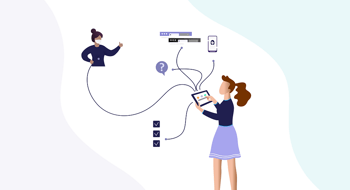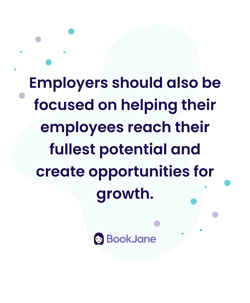Why the problems with rate of retention? The mere nature of the job creates stress that can lead to burnout. According to the Canadian Federation of Nursing Unions, up to 40 percent of nurses suffer symptoms of post-traumatic stress disorder. Furthermore, the Canadian Medical Association says that 29 percent of working Canadian physicians report high levels of work-related emotional exhaustion, cynicism, and perceived reduced performance, with 33 percent of Canadian doctors screening positive for depression, and nine percent having suicidal thoughts.
Canadian physicians report high levels of work-related emotional exhaustion, cynicism, and perceived reduced performance, with 33 percent of Canadian doctors screening positive for depression, and nine percent having suicidal thoughts.
Meanwhile, there is recent evidence in Canada that the state of health care providers affects the quality of care they provide, while also costing the system due to increased turnover and absenteeism.
The quality-of-care and economic arguments for wellness have lead many healthcare institutions to take action. Healthcare leaders say the key to solving retention issues lies in the ability to improve employee engagement, and that motivating, developing, and growing the healthcare workforce leaves employees happier and more likely to go above and beyond in providing quality care. Simply put, focusing on employee engagement leads to better quality patient care.
Below we look at five emerging trends as healthcare organizations work to improve employee engagement.
1. Listening to employees: The healthcare industry requires an extremely diverse set of workers, including doctors and nurses, administrative staff, maintenance workers, case managers, and cafeteria staff. Understanding the employee experience is a vital part of keeping employees engaged. To offer a better employee experience, healthcare facilities must work to understand what their employees want from the workplace. Listening and offering real-time feedback and regular status updates is a key ingredient for successful recruiting, retention, and employee engagement.
2. Prioritizing employee recognition: Recognition is one of the leading drivers of employee engagement; to keep employees happy and improve retention rates, facilities must recognize a job well done and make employee recognition a priority. Employees want frequent and meaningful from their leaders and peers. Never underestimate the importance of recognition for a job well done, as it serves as a powerful way to provide feedback that improves employee engagement.

Employers should also be focused on helping their employees reach their fullest potential and create opportunities for growth. Employee development plans can help to ensure that employees are improving their skills and bringing new value.
3. Developing a mentorship program: Creating a mentorship program will allow your top employees to share their invaluable knowledge to younger workers.
4. Work Culture: A positive work environment allows employees to focus on better patient care. Consider your workplace culture, internal relationships and work-life balance. A positive work culture can help to engage and retain employees. Feedback should also happen regularly so that employees understand their own strengths, as well as areas for improvement.
5. Integrating technology: Technology can help healthcare organizations improve the way they manage the workforce. For example, employee recognition software allows for real-time and meaningful recognition. Other industry leading technologies such as BookJane’s innovative software platform that optimizes workforces, solves labor shortages, and empowers staff to fill shifts promotes efficiencies that contribute to improving the employee experience.
There is no doubt that the healthcare industry is facing serious workforce challenges. Recent studies show that many of these obstacles are only going to heighten during the pandemic. Now more than ever employers must focus on improving employee engagement through strategies such as improved employee recognition and active listening.
Learn how BookJane helps health care facilities improve shift fulfillment by 40%, dramatically decrease their time to fill shifts, and significantly reduce burdensome scheduling and administration time.





